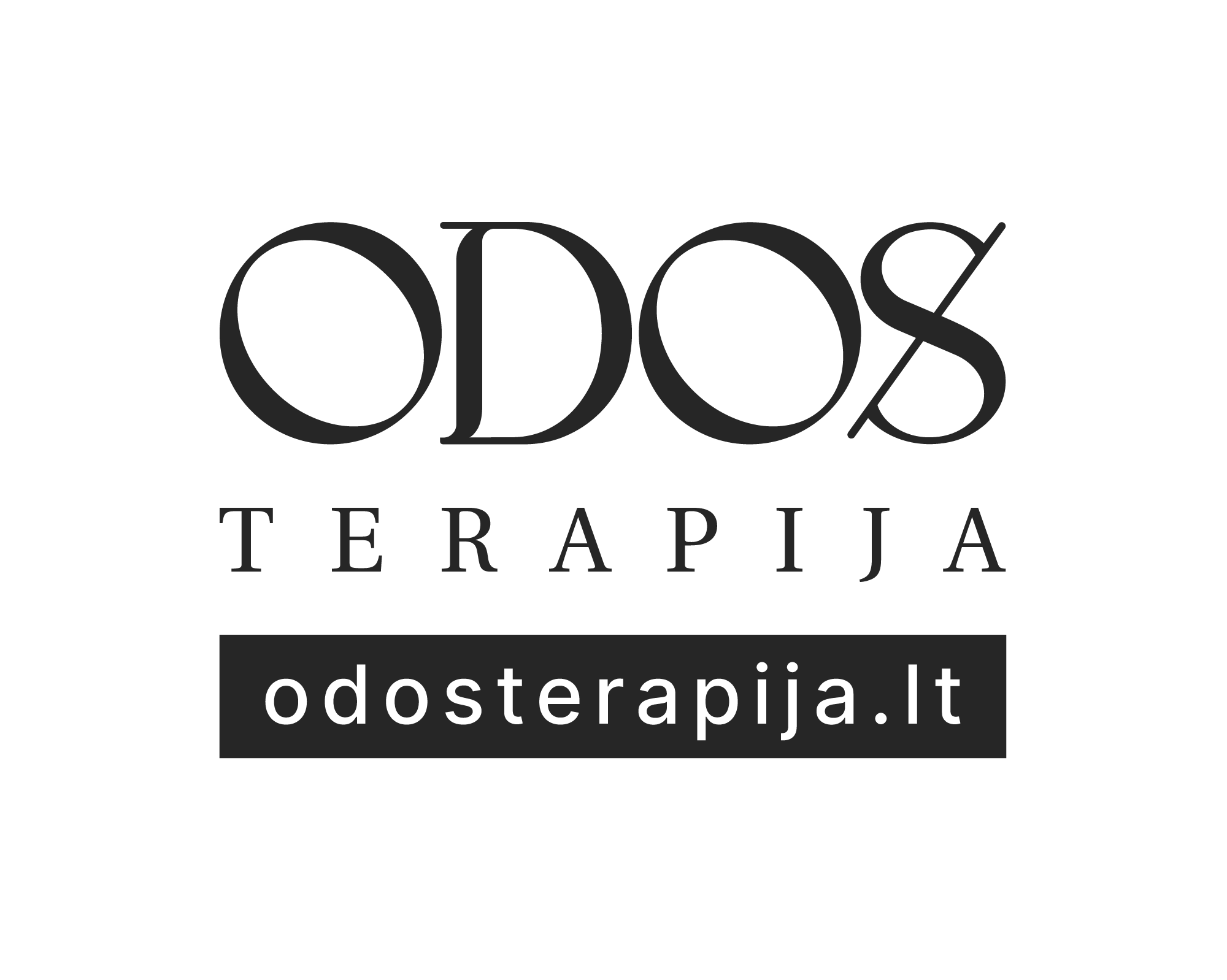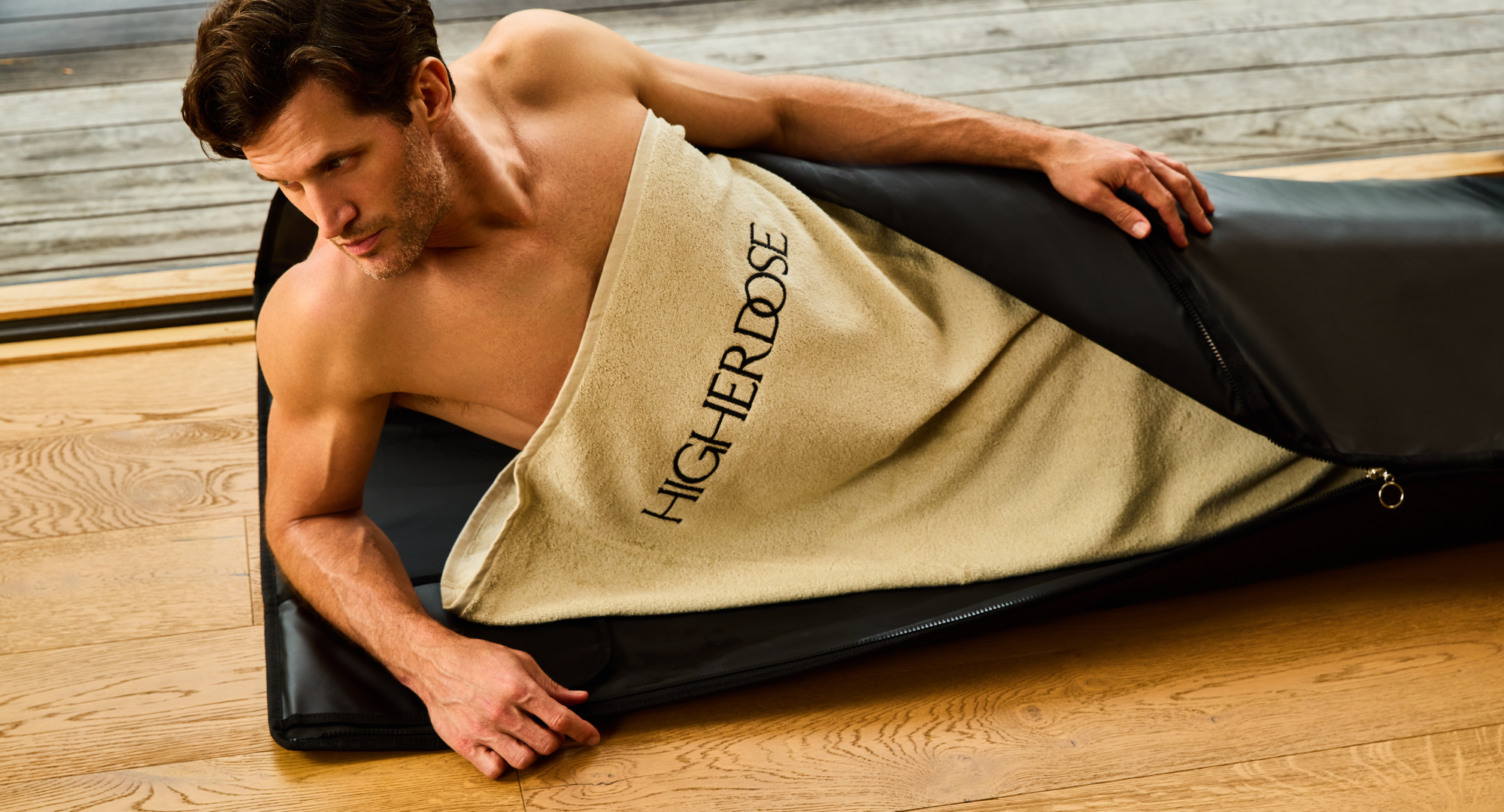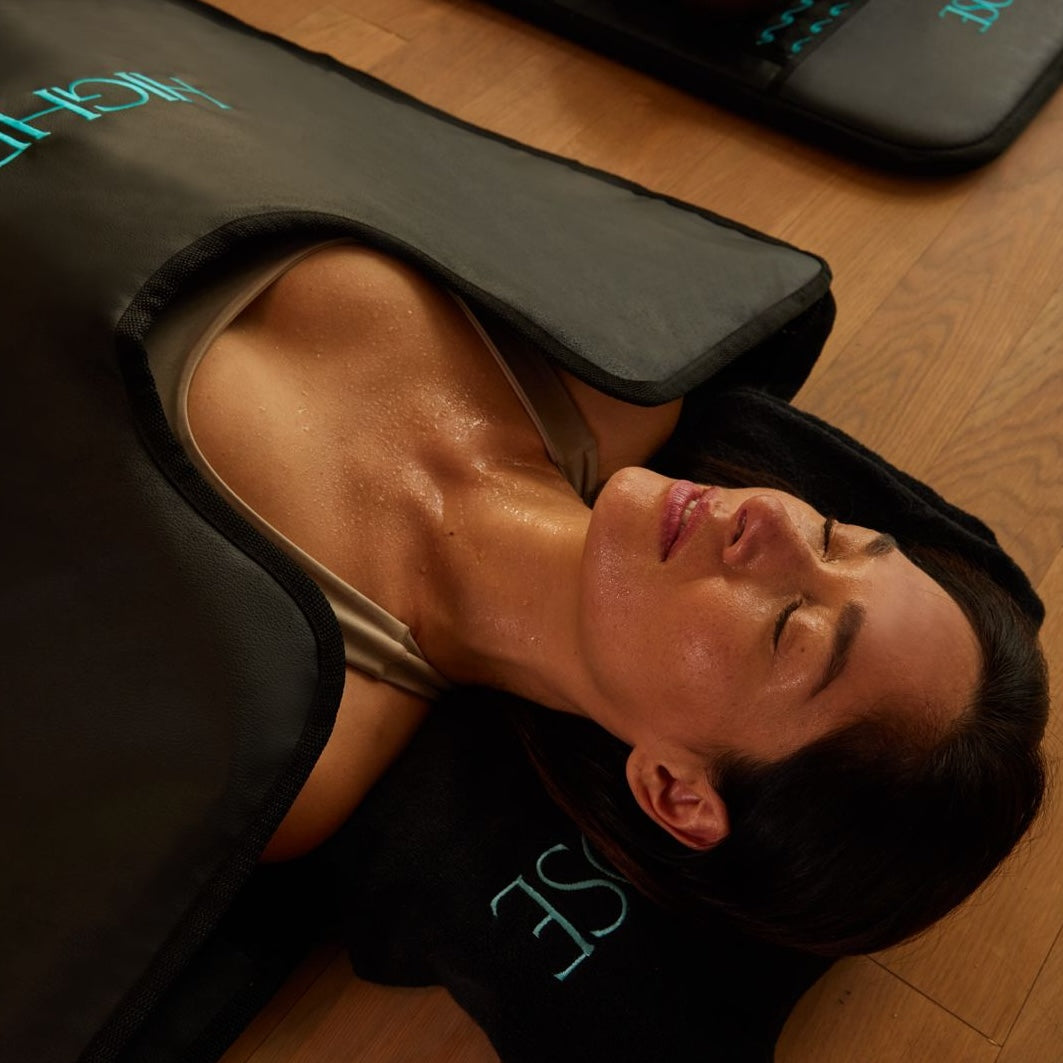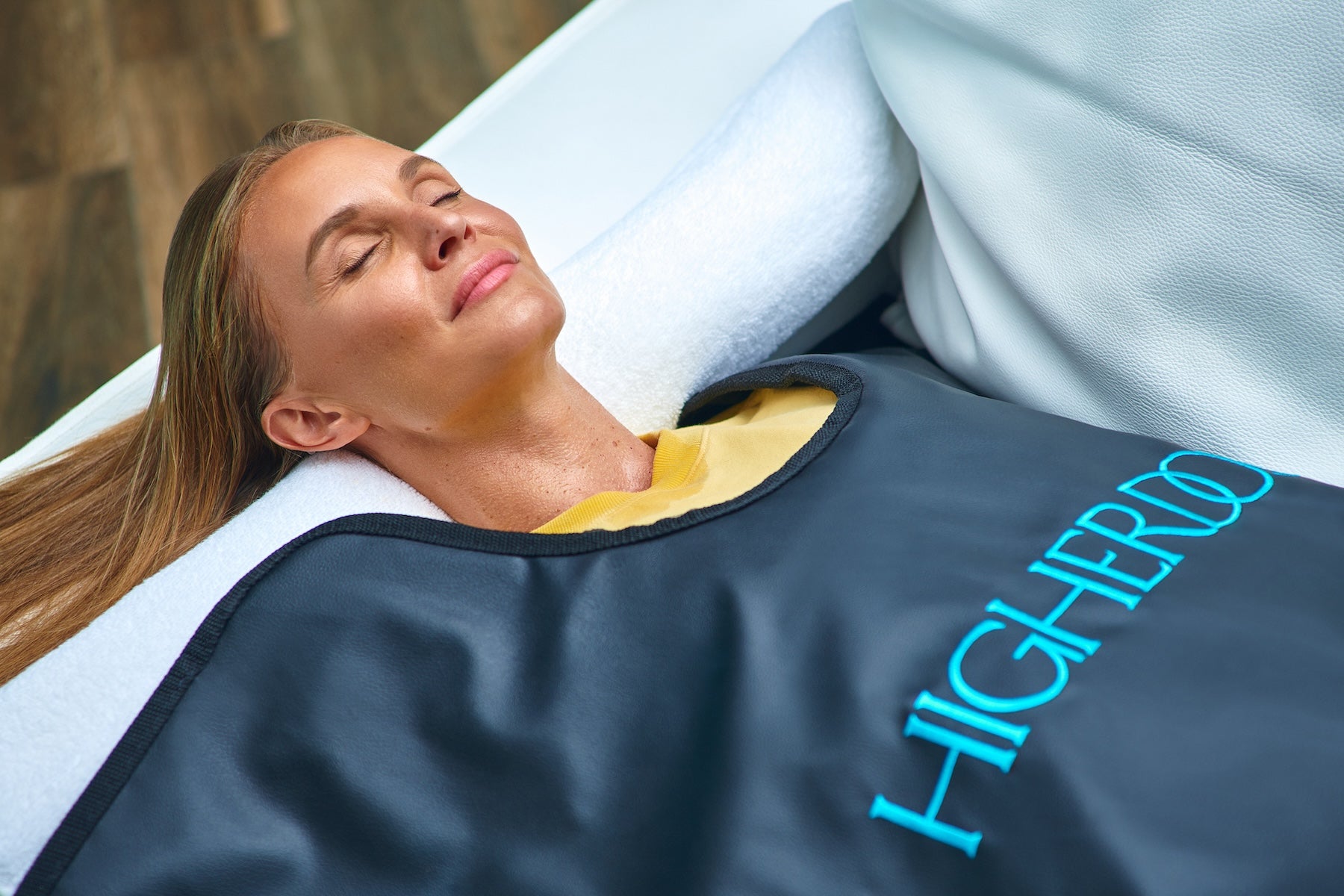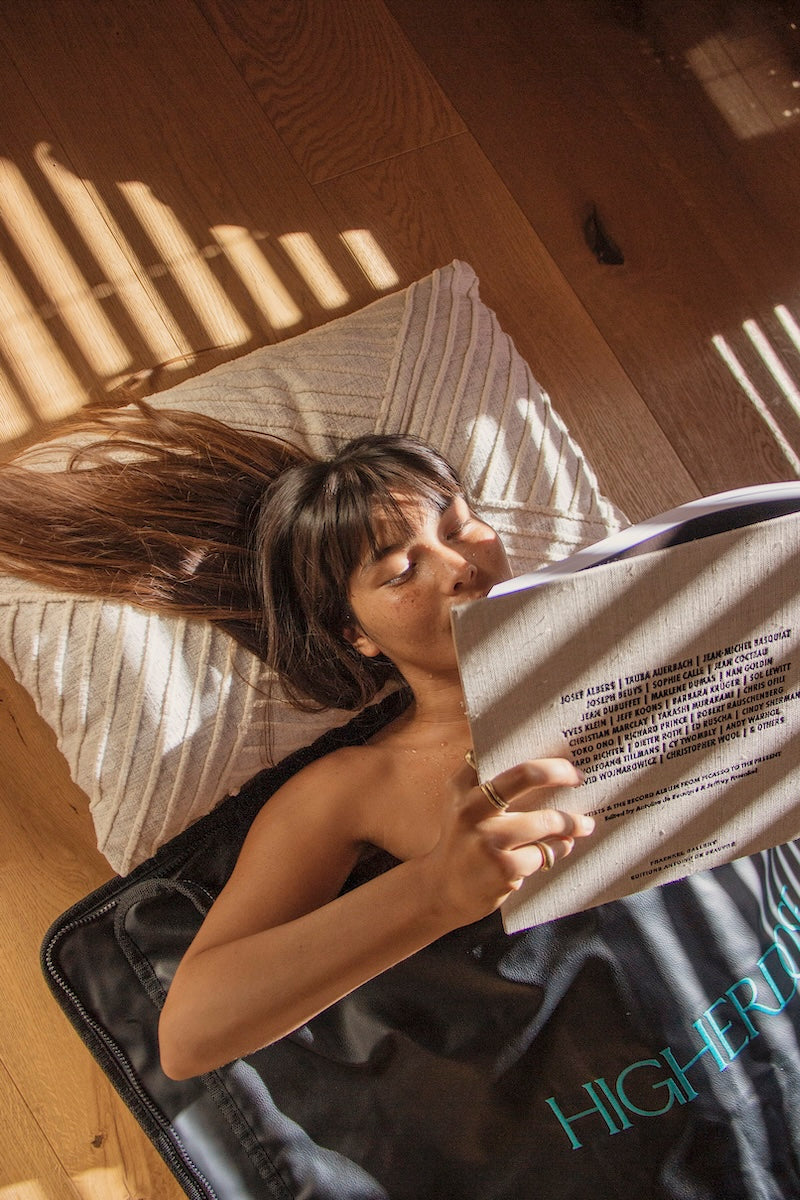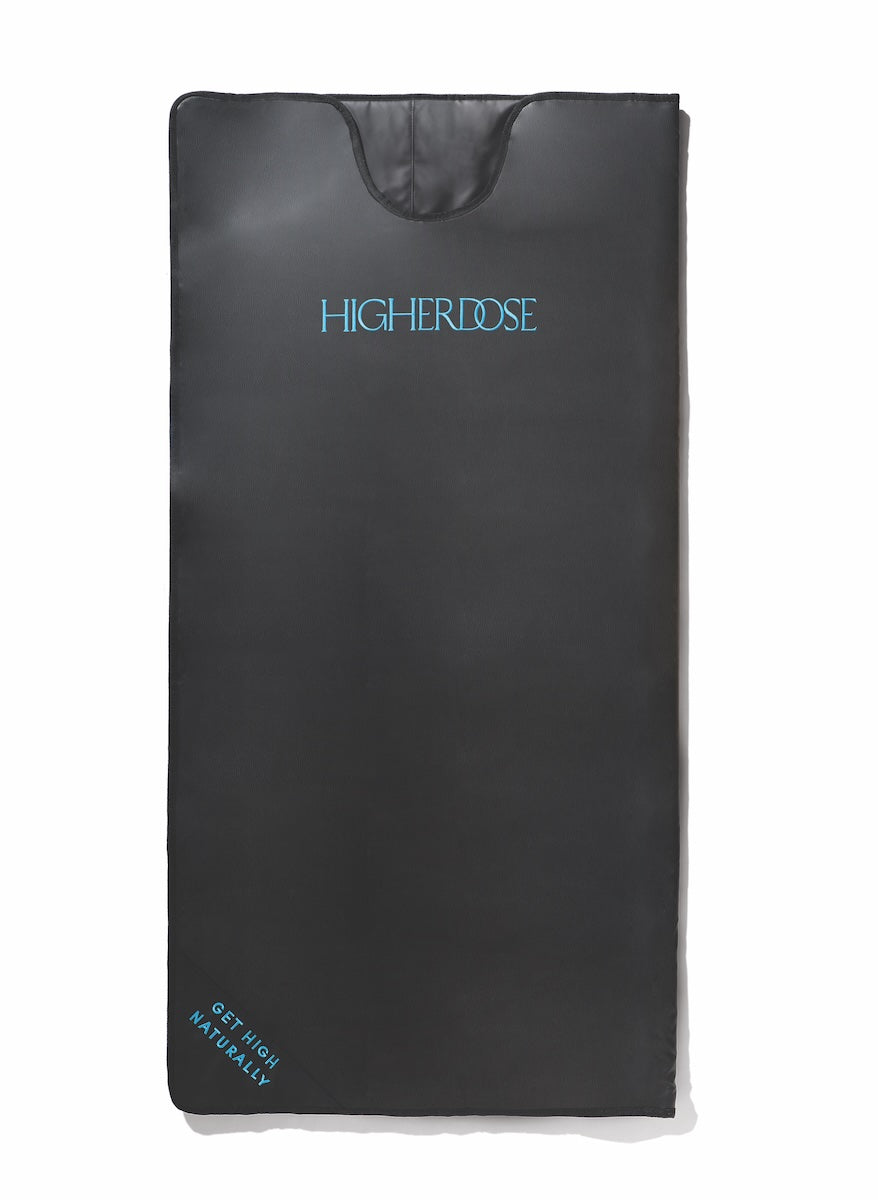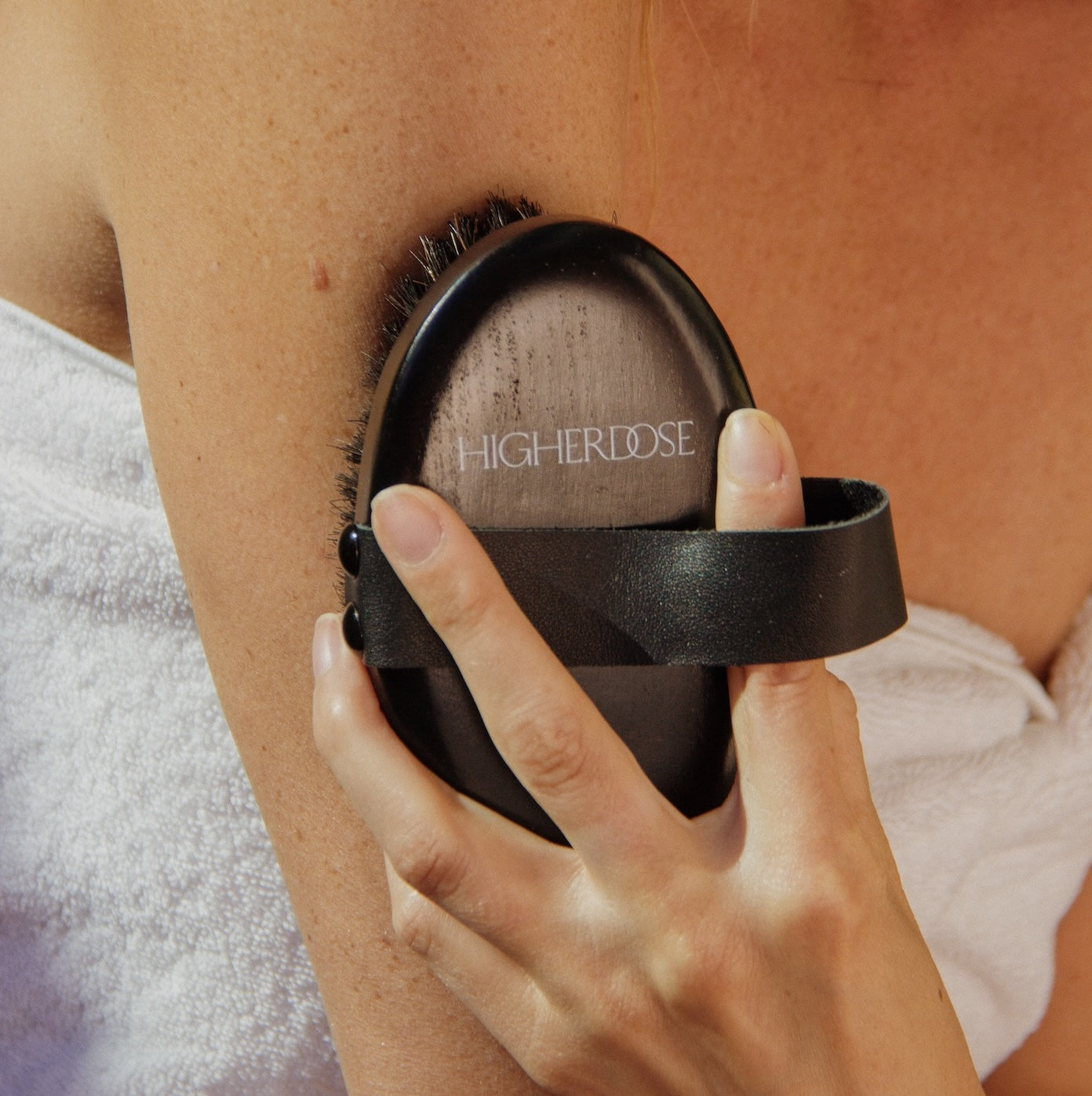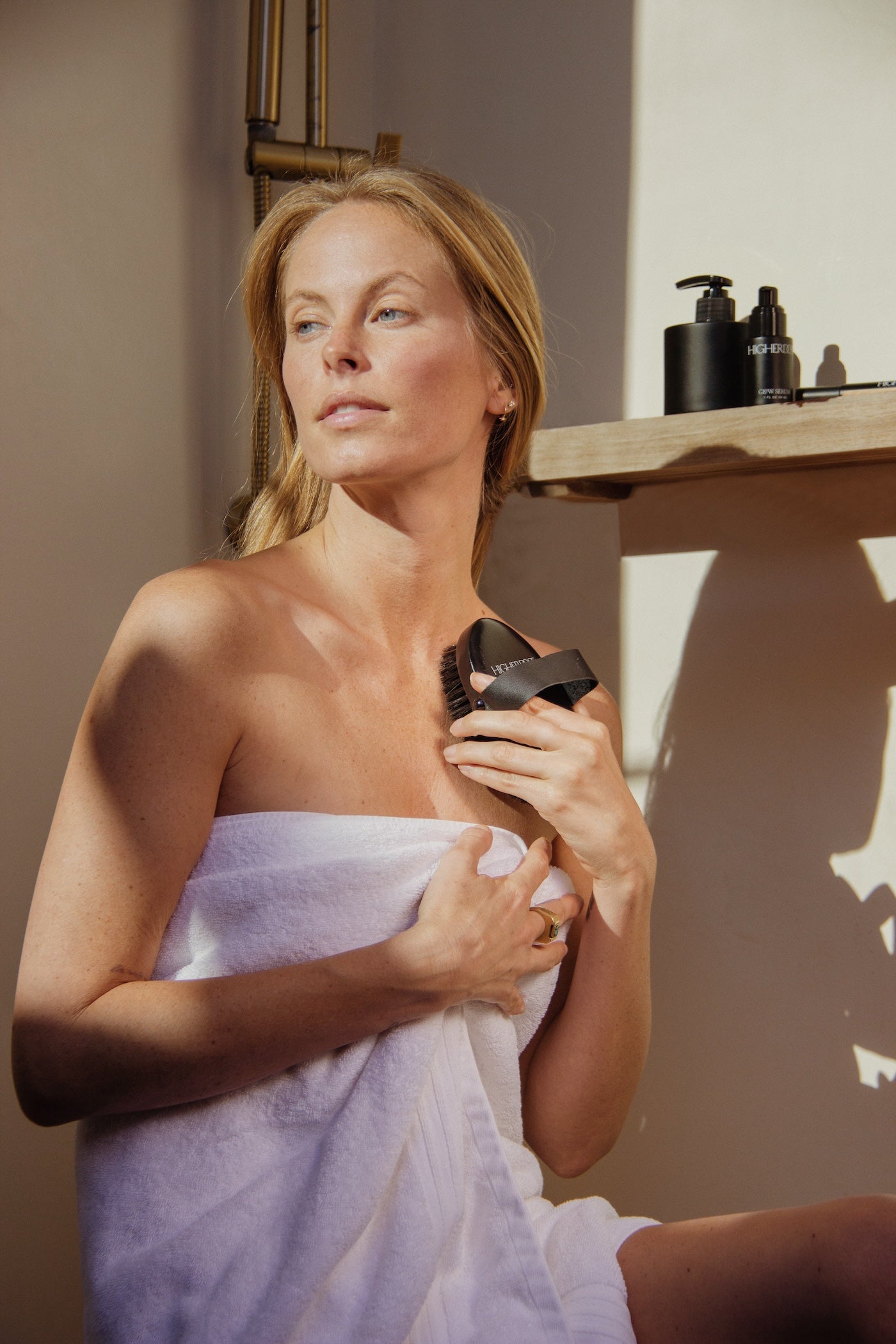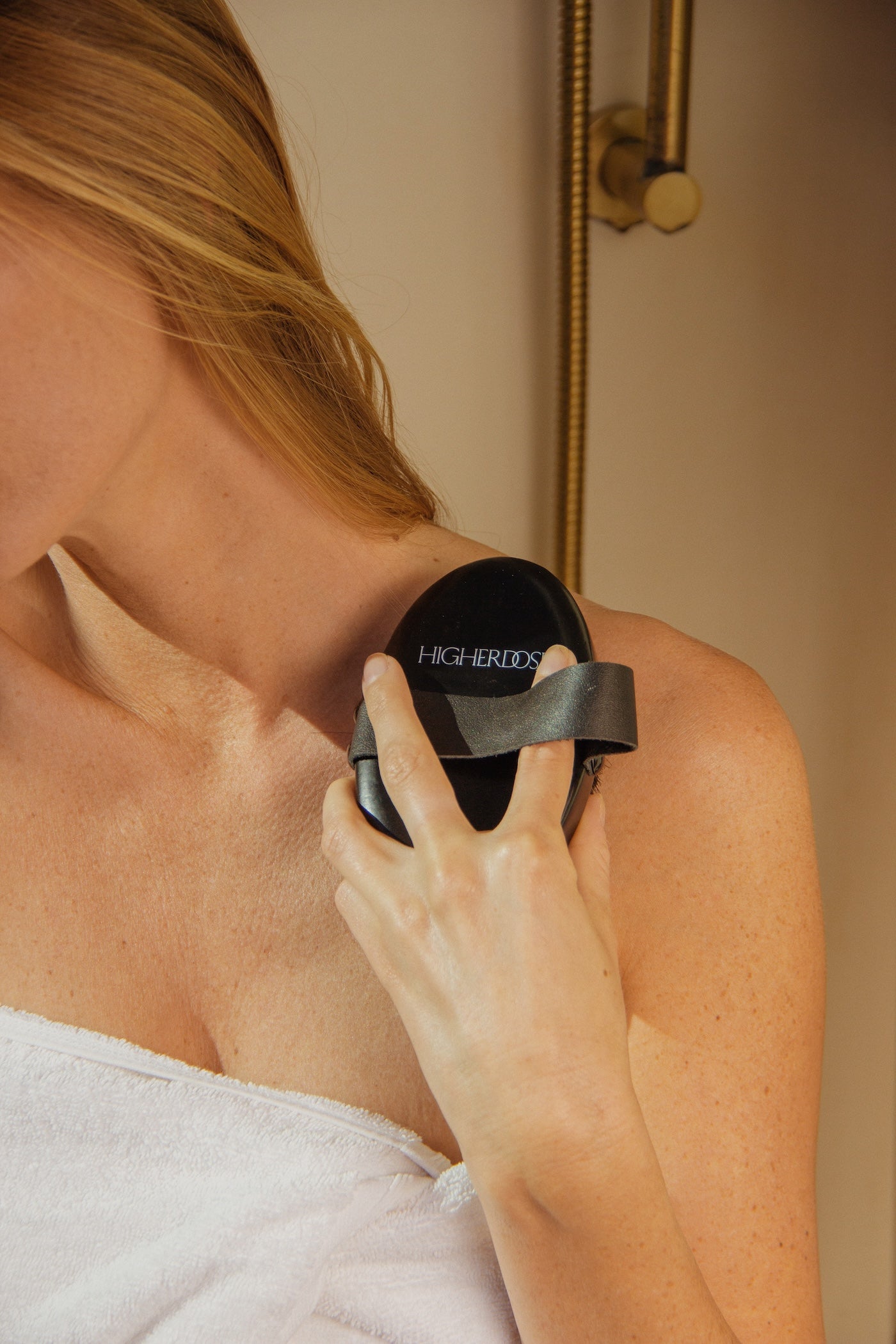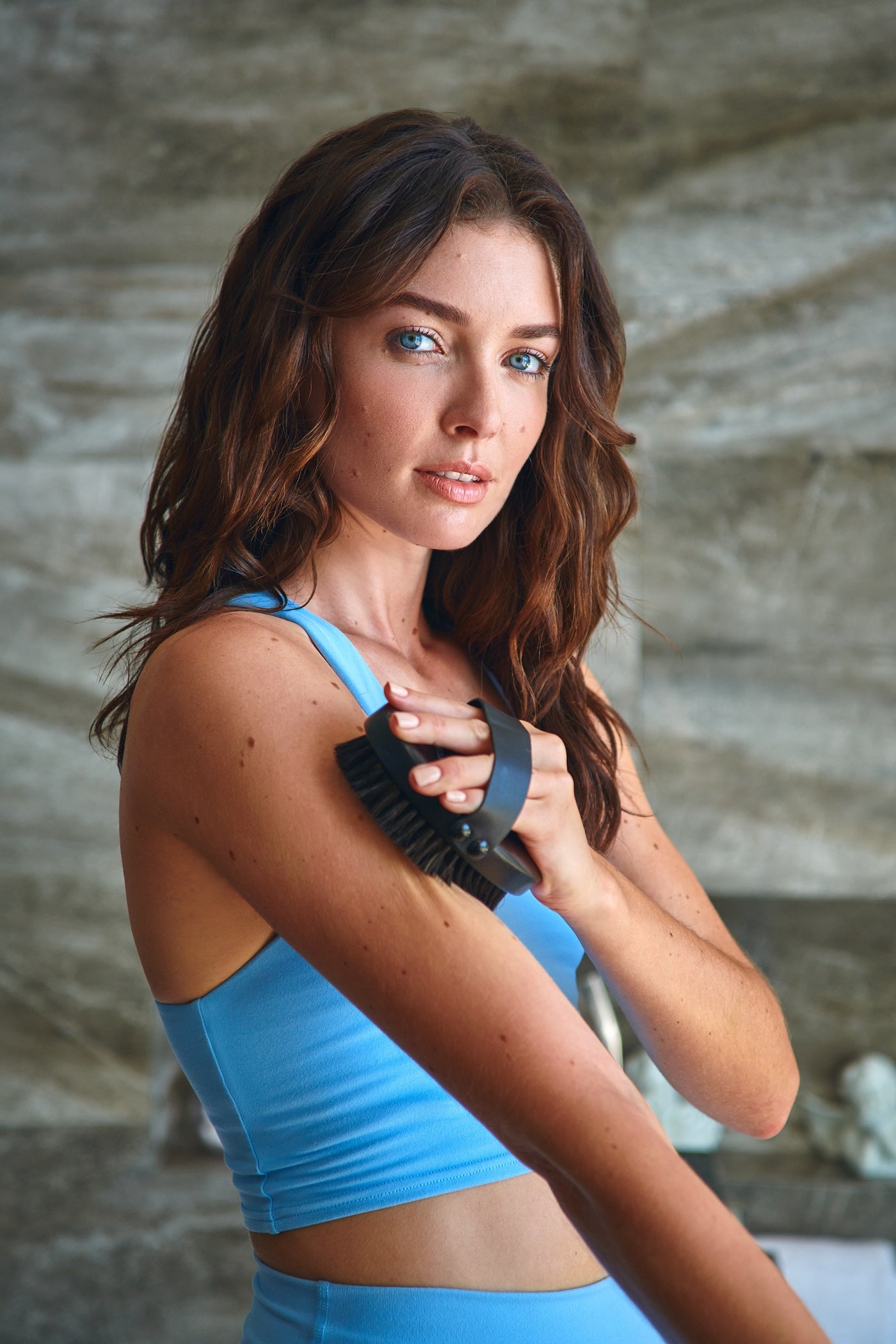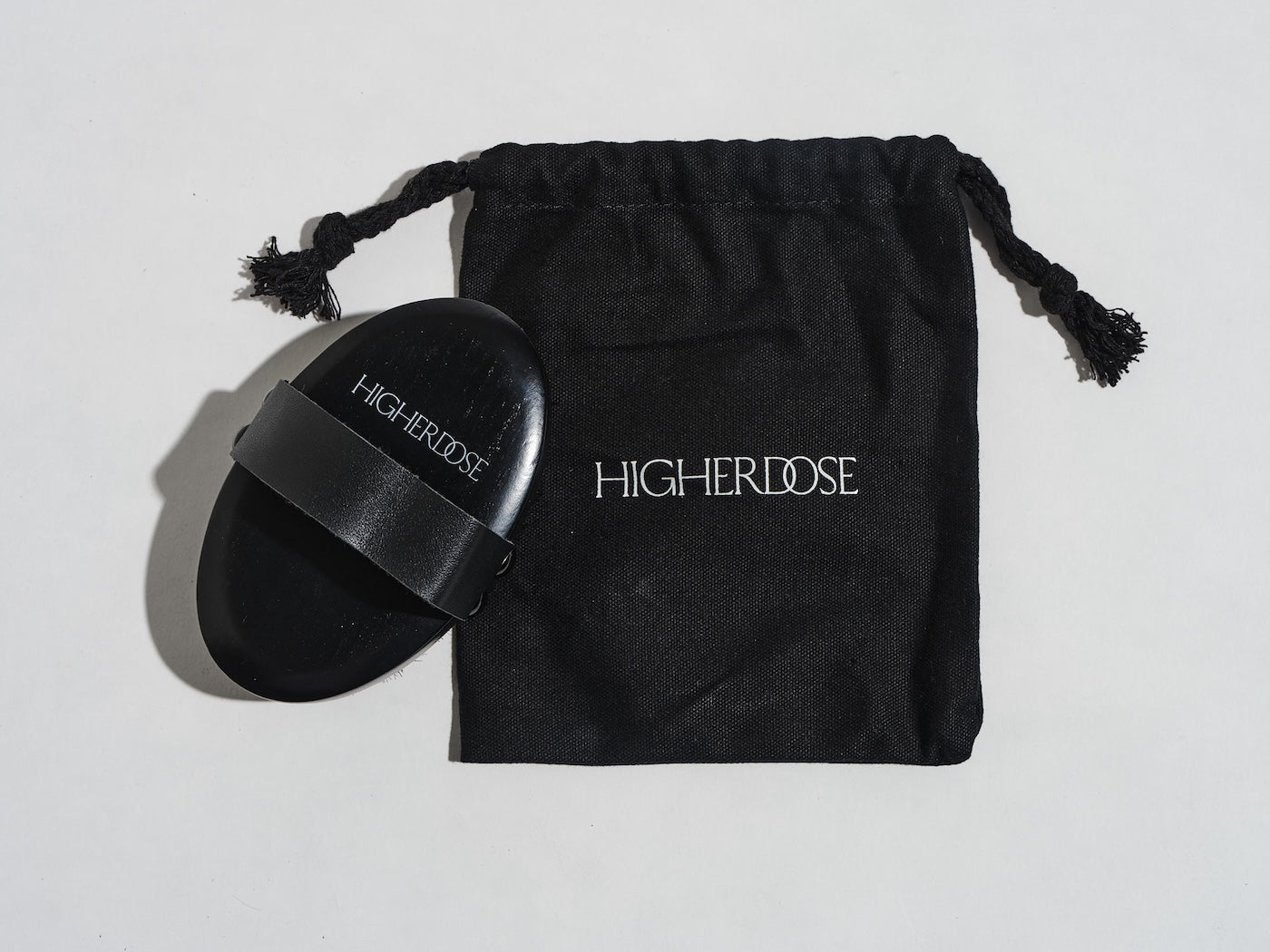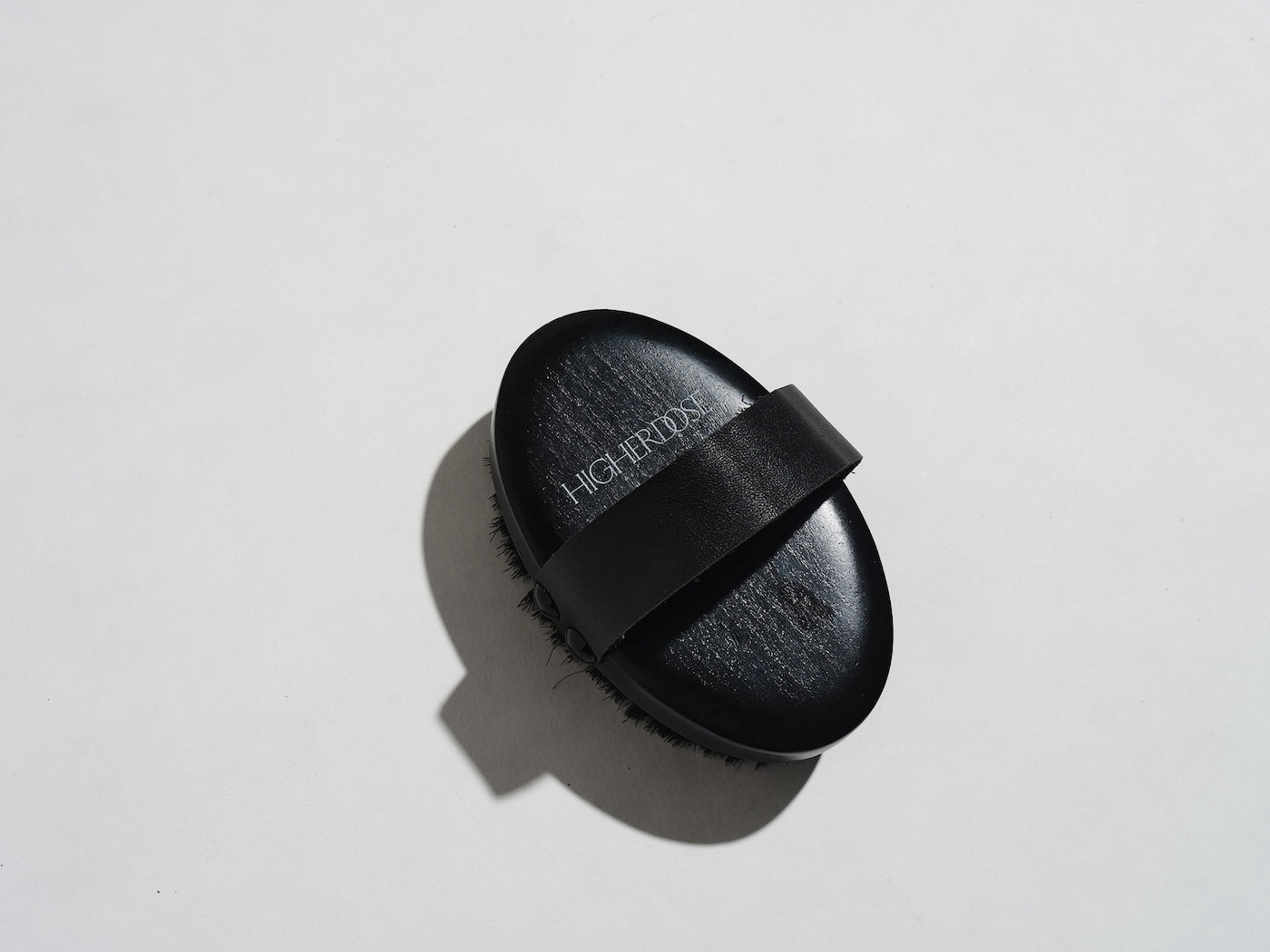
Intimate Women's Health with Red Light Therapy. What the Science Says
Women's intimate health is still rarely discussed openly, but that doesn't mean it's any less important. Menopausal symptoms, vaginal dryness, discomfort, or decreased sensitivity are topics that ...
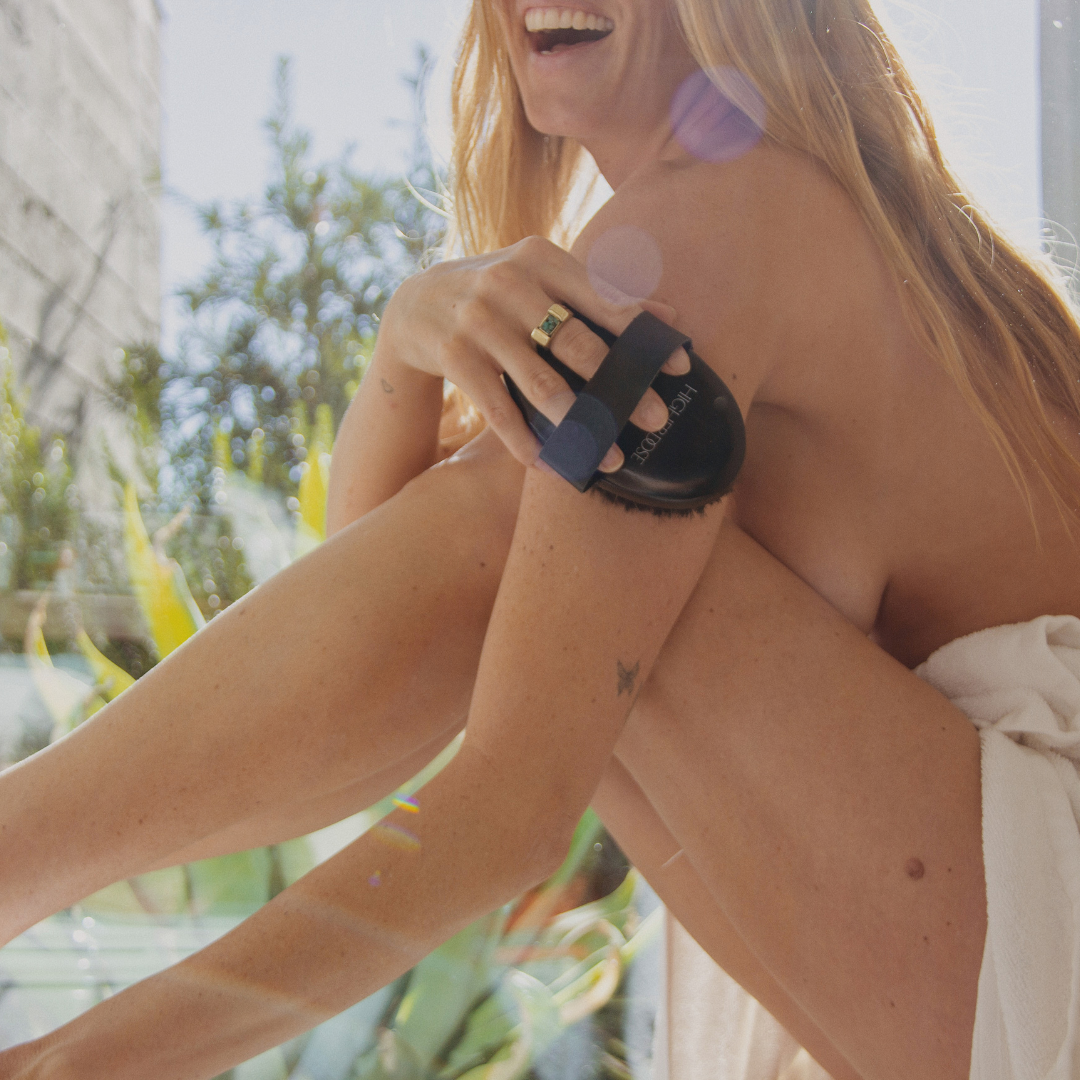
Dry body scrub. Copper body brushes
Body brushing is a natural and effective way to improve skin condition, stimulate blood circulation, and enhance the body's detoxification processes. One of the key elements of this method is a qua...

A 30-minute session can burn up to 500 calories
Infrared saunas have been valued for years as a natural way to relax the body and improve well-being. Recent studies confirm that this innovative therapy has many health benefits - from detoxifica...
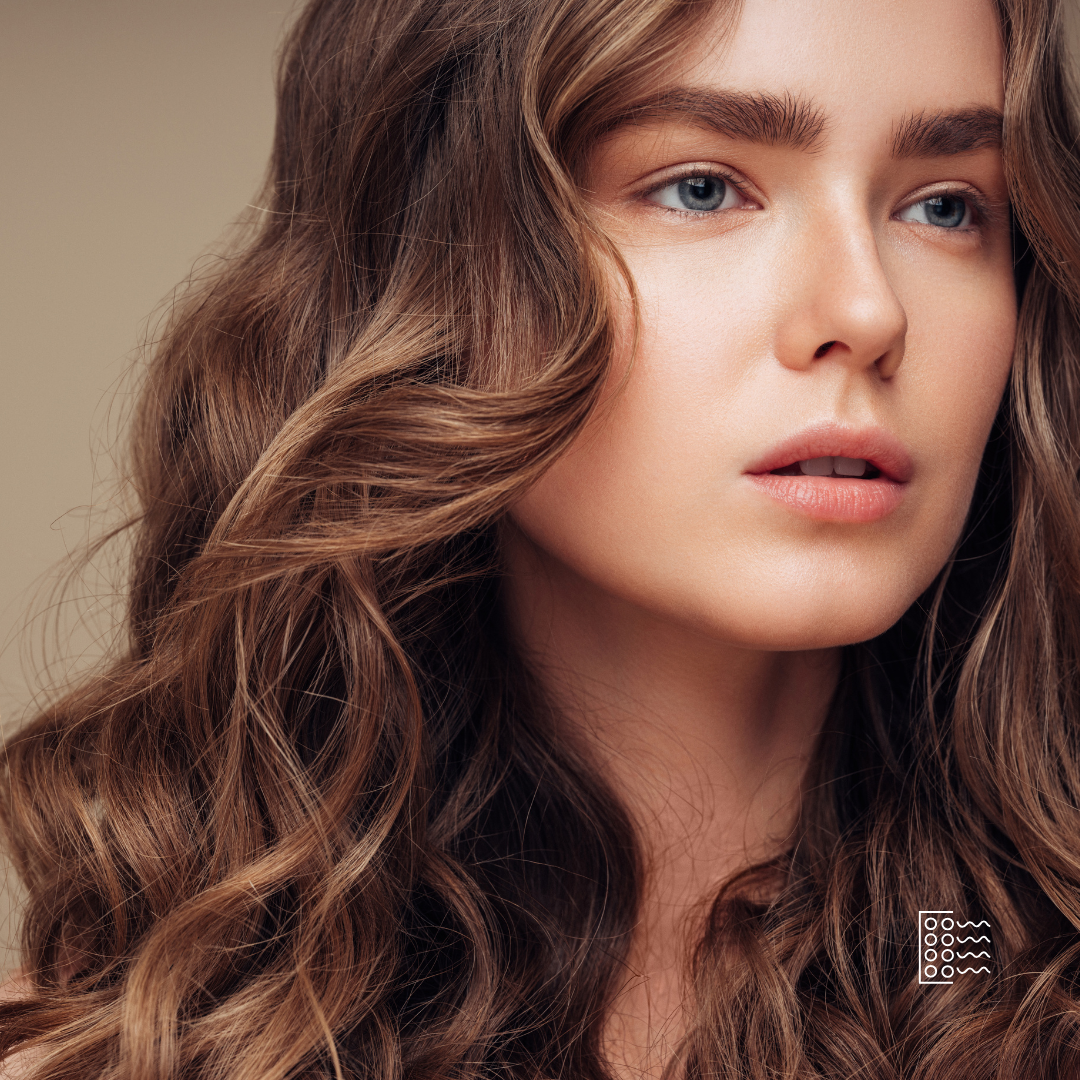
New hope for those battling hair loss
Hair loss is a problem that affects many people around the world. While the causes of this condition can vary widely, red light therapy has recently become an increasingly popular solution for both...
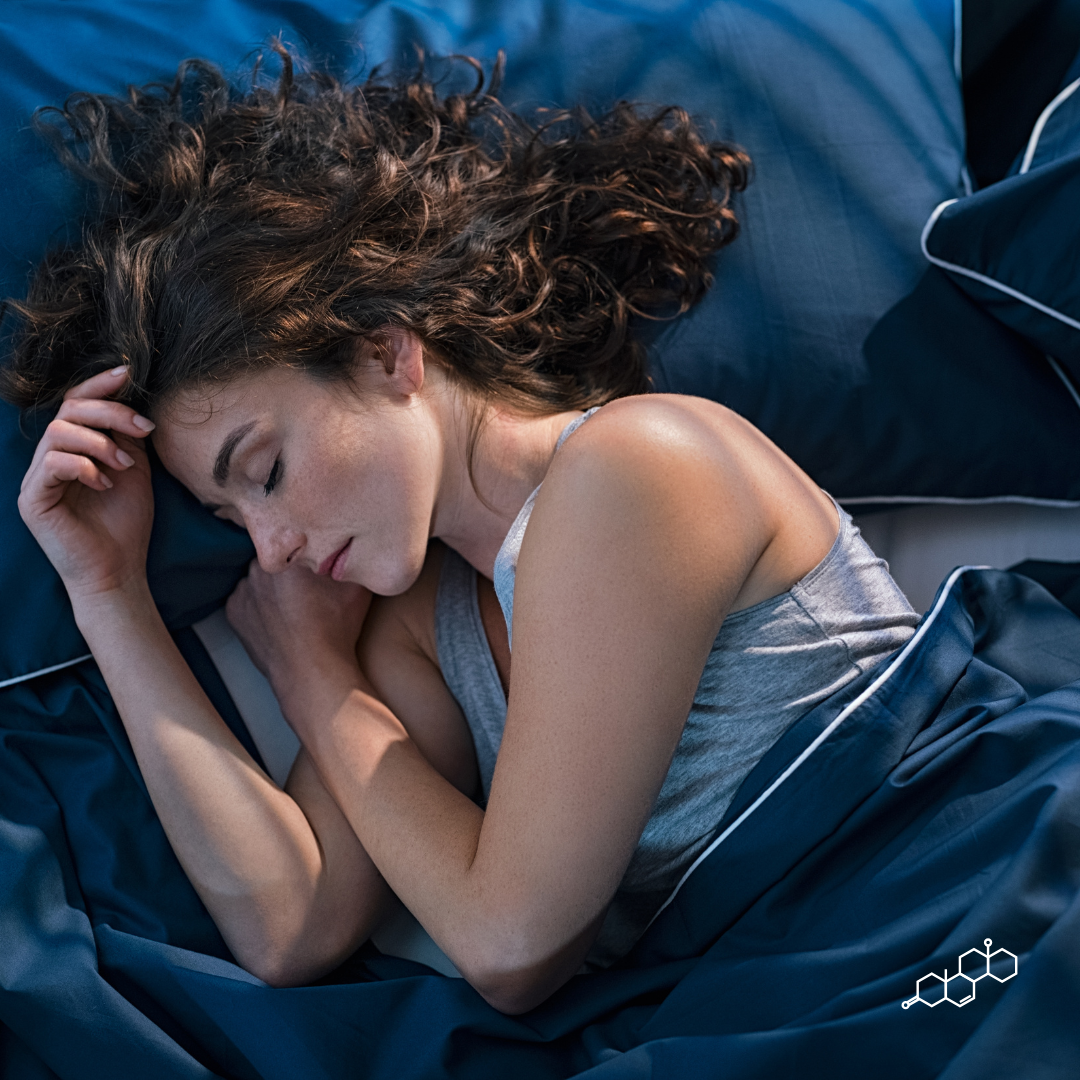
Less stress and better sleep. How?
The modern pace of life means a constant battle with stress, insomnia, and often too few moments for self-care. While there are many ways to improve the quality of life, one increasingly popular te...
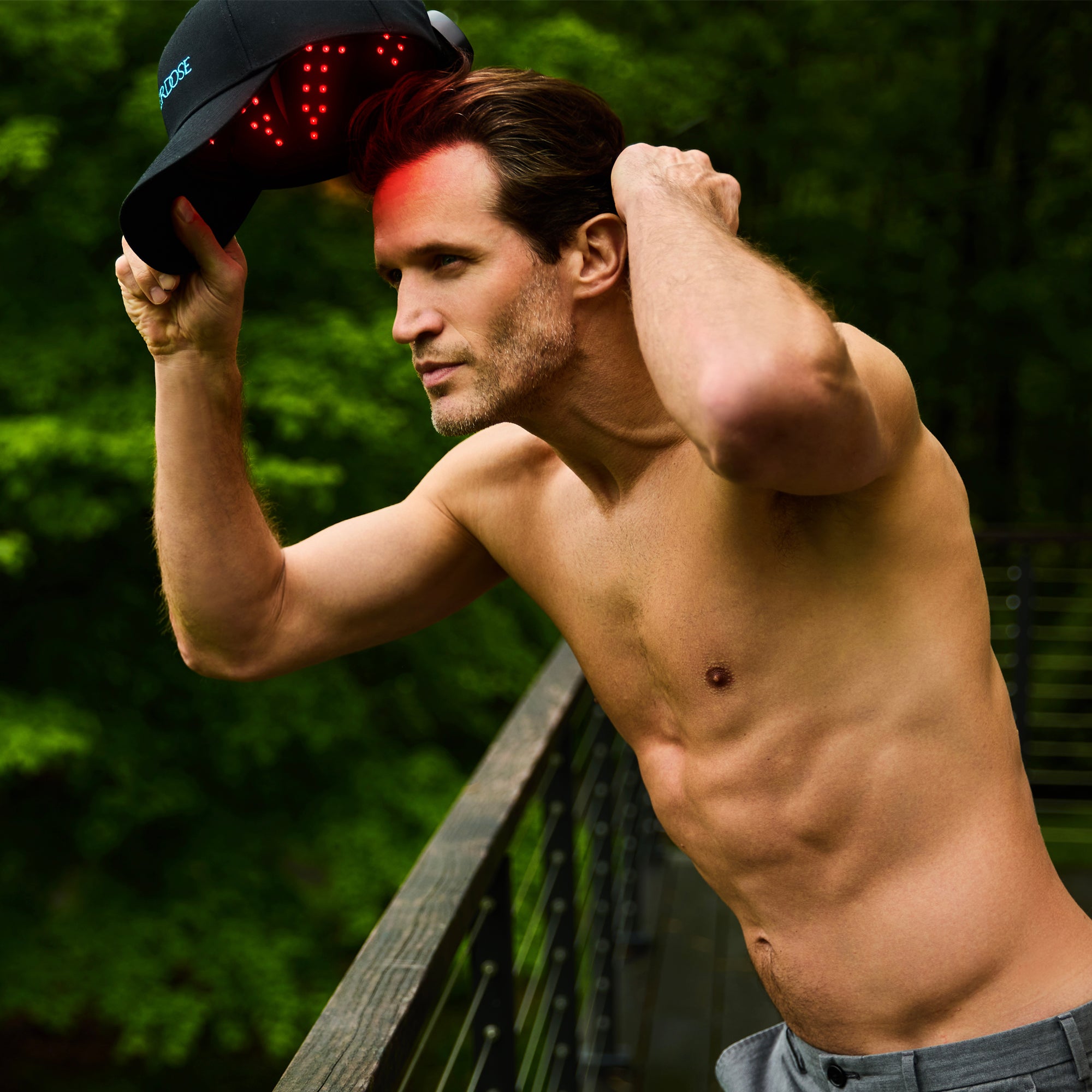
Inflammation - the body's invisible enemy or why light therapy is gaining popularity so quickly
The human body is a complex mechanism that works every moment to maintain balance and protect us from external and internal threats. However, this system is not immune to overload. One of the main...
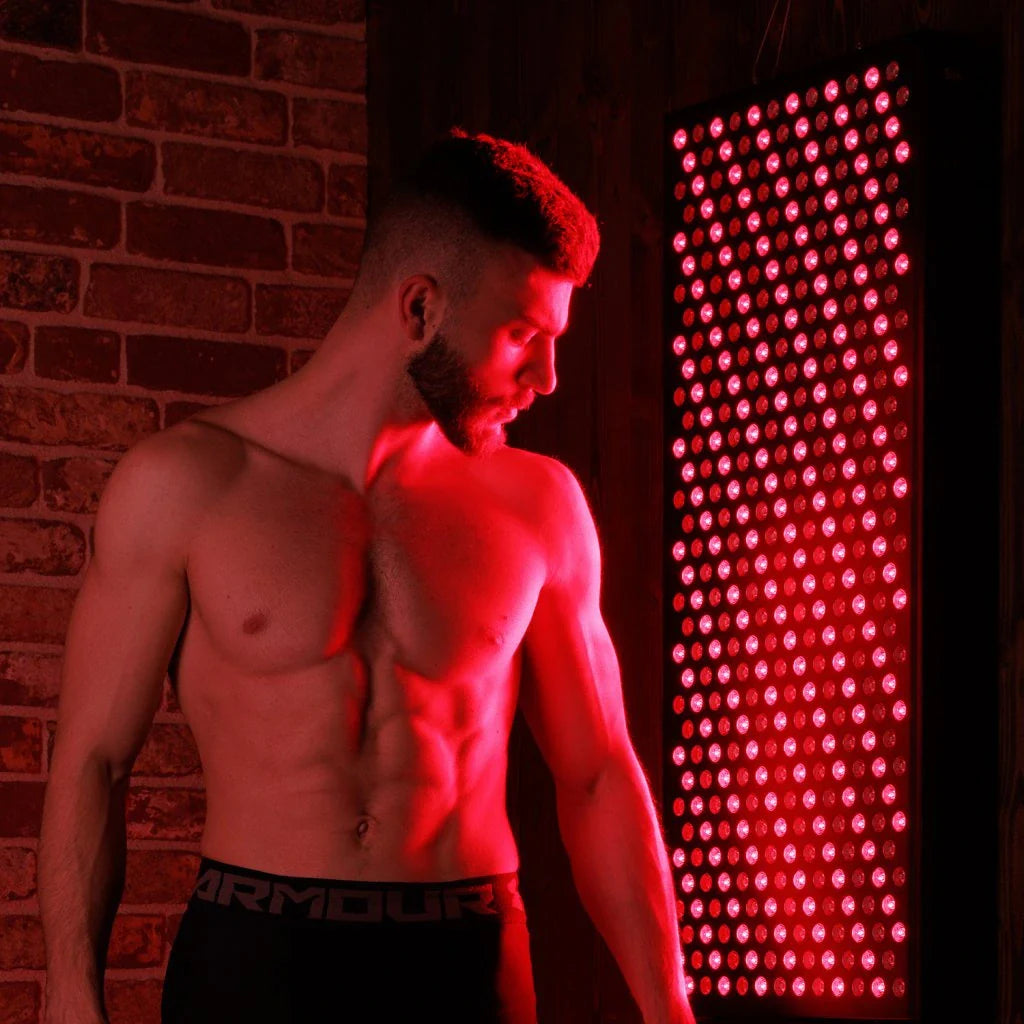
Benefits of red light for skin and body
Red and near-infrared light therapy works by targeting the “powerhouse” of your body’s cells, called mitochondria. With more energy, cells can do their jobs more efficiently, such as repairi...

What is Red Light Therapy (RLT)?
Red light therapy (RLT) is a new health and longevity treatment method that has been scientifically and medically proven to treat wrinkles, redness, acne, scars and other signs of aging. It ...

Red light therapy: scientific research
Since the beginning of the new millennium, there has been increasing evidence that different wavelengths of light affect our body’s biochemistry and therefore our well-being. Red (RED) and Near-...
